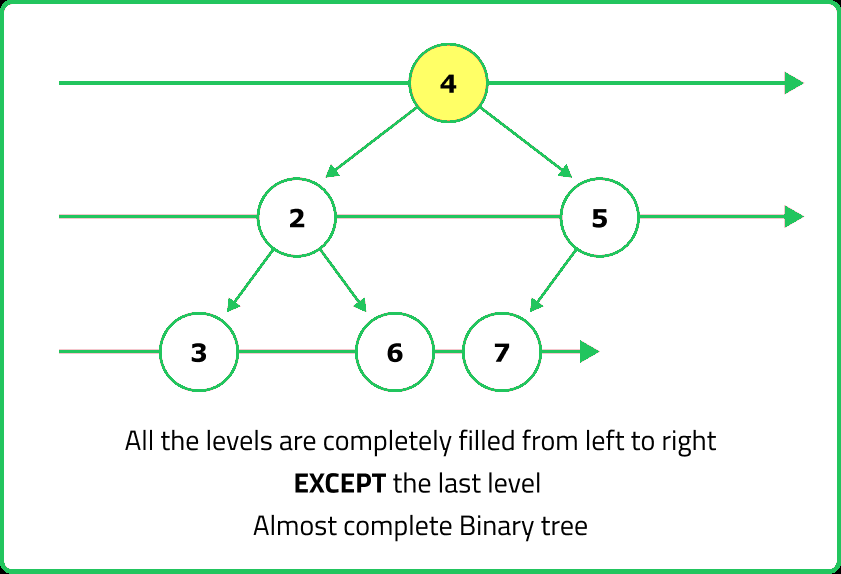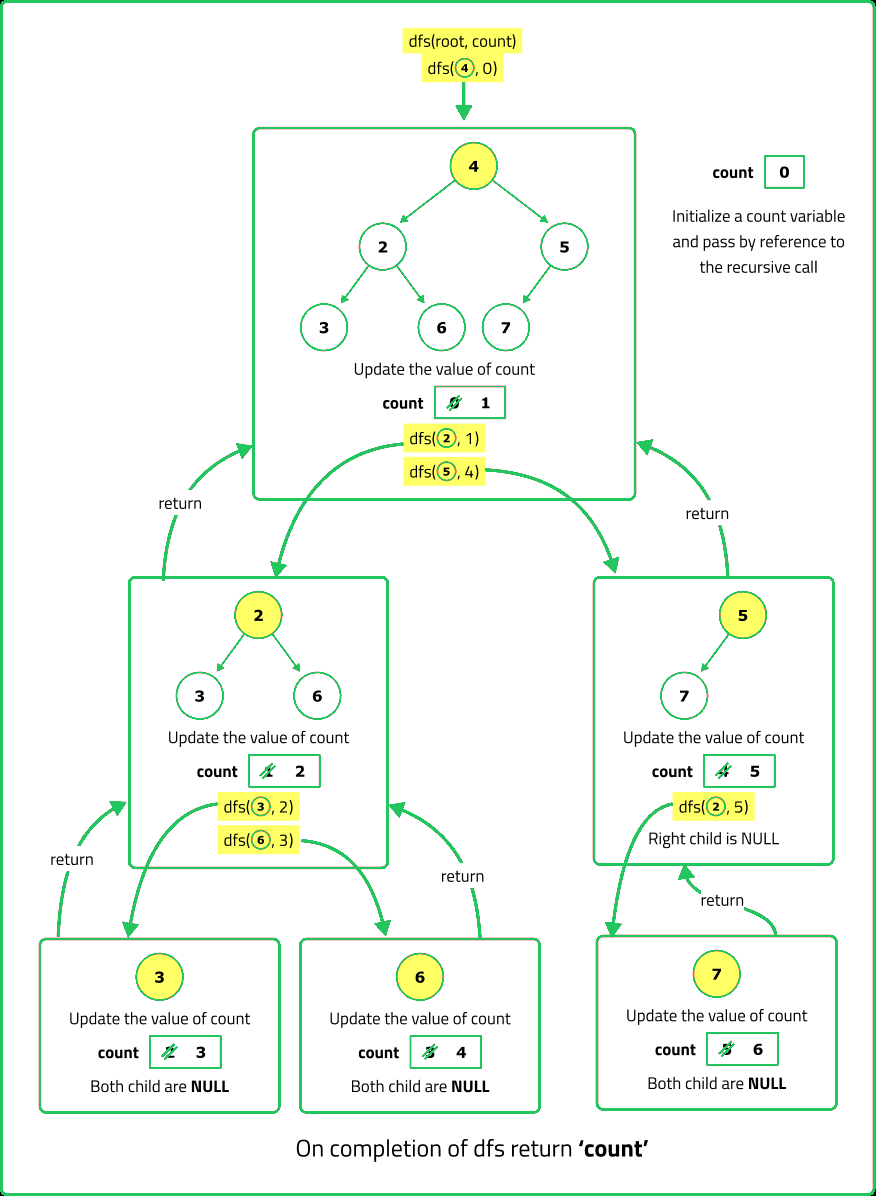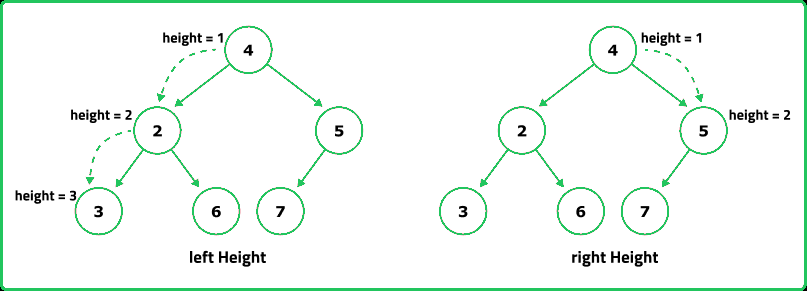Count total nodes in a complete BT
Binary Trees
FAQs
Hard
- The concept of counting the number of nodes in a binary tree is useful in many software applications
- For instance, in file systems and databases, Binary Trees (especially Binary Search Trees) are often used for efficient searching and sorting of data
- Here, the knowledge of total nodes can be used for optimization, load balancing, and in determining how deep the tree is, which is essential while performing operations like adding, deleting, or searching for a node
- Furthermore, companies like Google use similar principles in their MapReduce programming model to process huge sets of data efficiently
Return the number of nodes in a binary tree given its root.
Every level in a complete binary tree possibly with the exception of the final one is fully filled, and every node in the final level is as far to the left as it can be. At the last level h, it can have 1 to 2h nodes inclusive.
Examples:
Input : root = [1, 2, 3, 4, 5, 6]
Output : 6
Explanation :

Input : root = [1, 2, 3, 4, 5, 6, 7, 8, 9]
Output : 9
Explanation :

Input : [1, 2, 3]
Constraints
- 1 <= Number of Node <= 5*104
- -105 <= Node.val <= 105
- The tree is guaranteed to be complete.
Hints
- Perform a DFS (recursive) or BFS (iterative) traversal. Maintain a counter that increments for each node encountered. Base Case: If the root is null, return 0.
- If a tree is complete, its height can be determined by following the leftmost path. A complete binary tree has at most 2^h - 1 nodes. The last level may not be completely full, meaning we need to count nodes in the last level.
Company Tags
Cerner
Optum
Freshworks
Unity Technologies
Philips Healthcare
HCL Technologies
Goldman Sachs
Shopify
Visa
IBM
Zoho
Instacart
Bloomberg
Broadcom
Pinterest
Medtronic
Rakuten
eBay
Johnson & Johnson
Robinhood
Reddit
Rockstar Games
HashiCorp
Walmart
Dropbox
Google
Microsoft
Amazon
Meta
Apple
Netflix
Adobe



